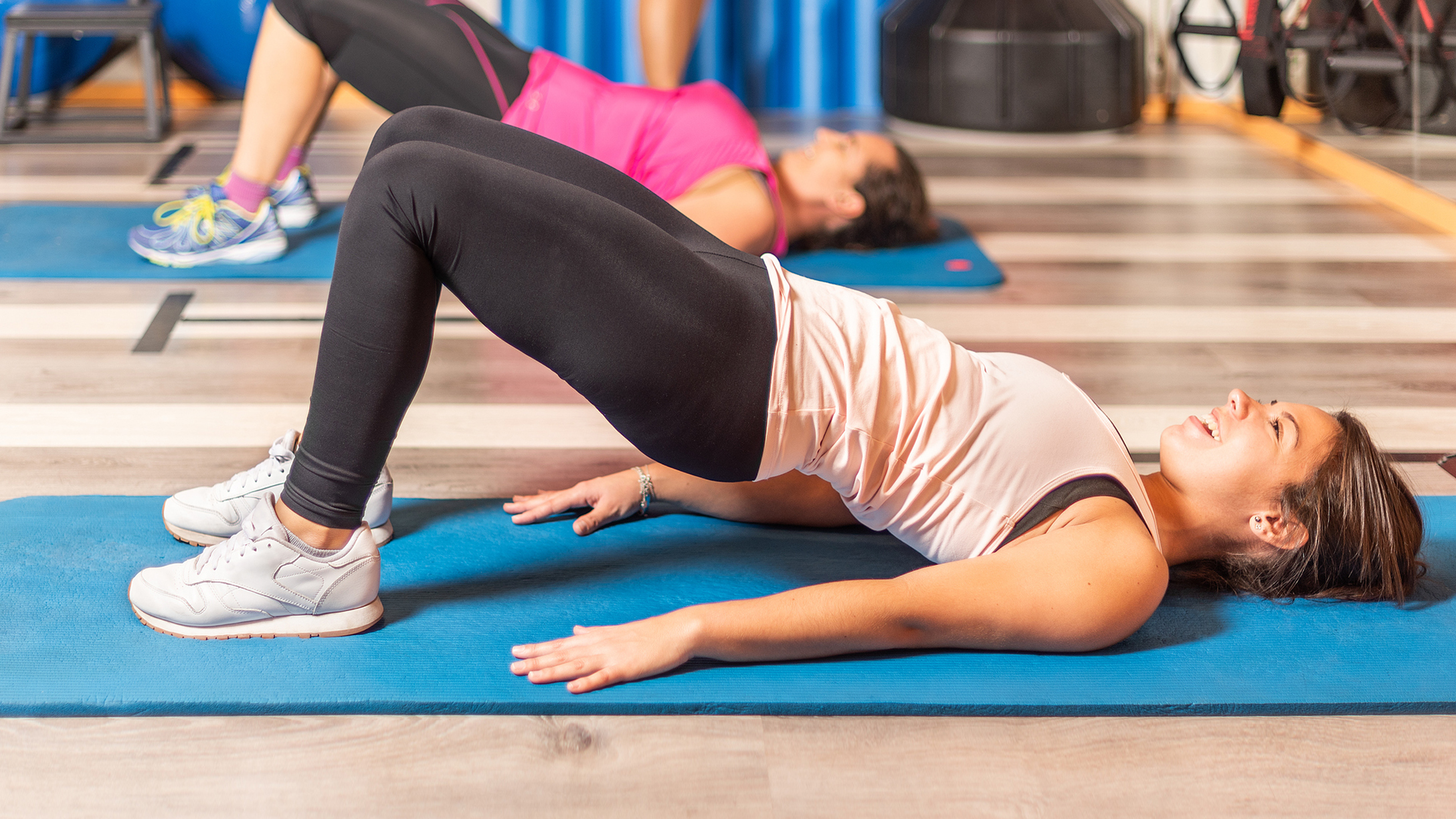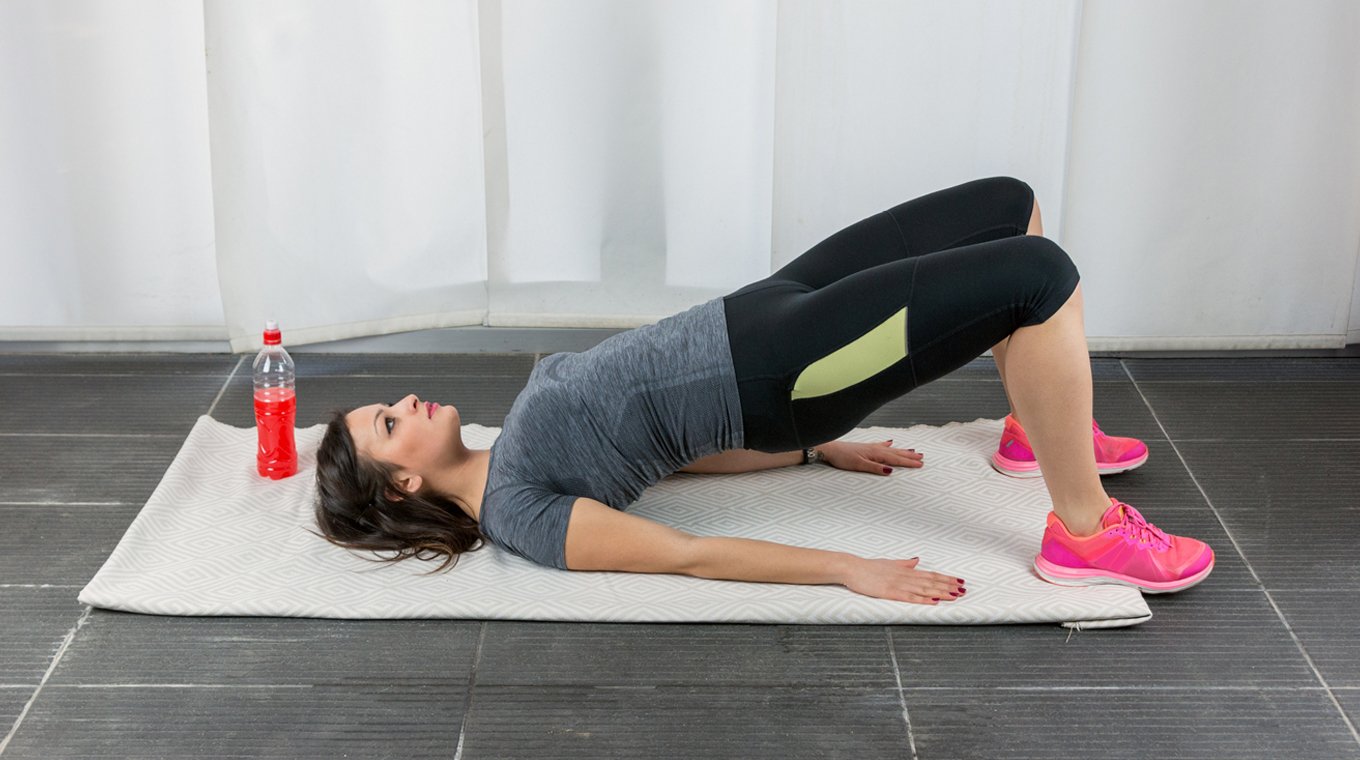
In this article
Have you ever laughed so hard that you peed a little? Has an unexpected sneeze sent you running for a shower and a change of underwear? If so, you're not alone. Stress incontinence, a common symptom of pelvic floor dysfunction, affects 50% of adult women. That percentage increases as a woman ages, though pelvic floor issues are common during pregnancy and after childbirth as well. If you're dealing with symptoms of pelvic floor dysfunction, read on to learn more about the benefits of pelvic floor exercises and how they can strengthen your pelvic muscles.
What is pelvic floor dysfunction?

The pelvic floor muscles support the bladder, bowel, uterus, and vagina via bands of small muscles. These muscles surround the anus, vagina, and urethra and are adjacent to the pubic bone and coccyx. Pelvic Floor Dysfunction (PFD) occurs when these muscles become weak through tears in the tissues. PFD usually presents via problems with bladder or bowel control or prolapse and is common after childbirth or as a result of aging. Those experiencing PFD may see improvement and reap the benefits of pelvic floor exercises.
Experts believe that pelvic floor disorders affect one in three women in the United States. Dr. Donna Mazloomdoost, a National Institute of Health (NIH) pelvic floor specialist, suggests that while some women are just more prone to the condition than others, family and medical history can also play a part.
"My first advice to all women with symptoms would be to see a pelvic floor specialist," Mazloomdoost told NIH News in Health. "Often times, physical therapy is the first treatment recommended because just about every pelvic floor condition will benefit from it. Some conditions, however, may need more than just physical therapy to get better."
Do you have weak pelvic floor muscles? Symptoms of PFD

Signs of pelvic floor dysfunction include urinary incontinence or bladder leakage that occurs when you laugh, sneeze, or exercise, painful intercourse, and chronic pelvic pain. A feeling of heaviness in the vagina or unusual sensations in your lower back or pelvis could indicate PFD. Recurrent urinary tract infections, thrush, pain in the vulva, and difficulty keeping tampons in place during a heavy menstrual cycle are all symptoms of pelvic floor dysfunction.
"I had stress urinary incontinence and stage 3 pelvic organ prolapse. I was not able to exercise or take long walks after the birth of my third child. If I took an exercise class, I would have to take breaks during the class and go to the bathroom," mom of three Rebecca told Voices of PFD. "The biggest change was during my period, as I could not cough or sneeze without leaking, which basically made me housebound for almost a week every month."
So, if you're experiencing issues with constipation and other bowel problems, back pain, and frequent or painful urination, you could have pelvic floor dysfunction. Diagnosing PFD can be done through routine check-ups; a urinalysis can determine whether there are any underlying reasons for your symptoms while a cystoscopy and urodynamics can evaluate bladder function.
Benefits of pelvic floor exercises

There are a variety of ways to strengthen your pelvic floor at home, whether you're dealing with PFD or as a preventative measure. Some of the benefits of pelvic floor exercises include increased bowel and bladder control and an overall strong lower back and core.
These core muscles work alongside your abs and back muscles to keep your organs in line and functioning properly. They're also the same muscles that are in use when lifting, exercising, or having sex. Strengthening these muscles makes those activities easier, or more comfortable and enjoyable.
Kegel exercises for women
Kegels are the most recommended pelvic floor exercises. They can be done virtually anywhere simply by squeezing and lifting the same muscles you'd use to stop the flow of urine. It's recommended that the kegel lift and squeeze exercise is held for ten seconds, followed by relaxing the muscles and then continuing with another set.
The bridge
This exercise that works your glutes can strengthen the pelvic floor. Lay on your back with your knees at a 90-degree angle. Push through the bottoms of your feet and lift your hips from the ground while squeezing your pelvic floor muscles. Repeat.
The standing pelvic tilt
Try this exercise to strengthen your lower back and pelvic floor muscles. Stand straight with your back against a wall. Push your lower back against the wall. Hold, and repeat. This exercise is also effective for strengthening your core.




